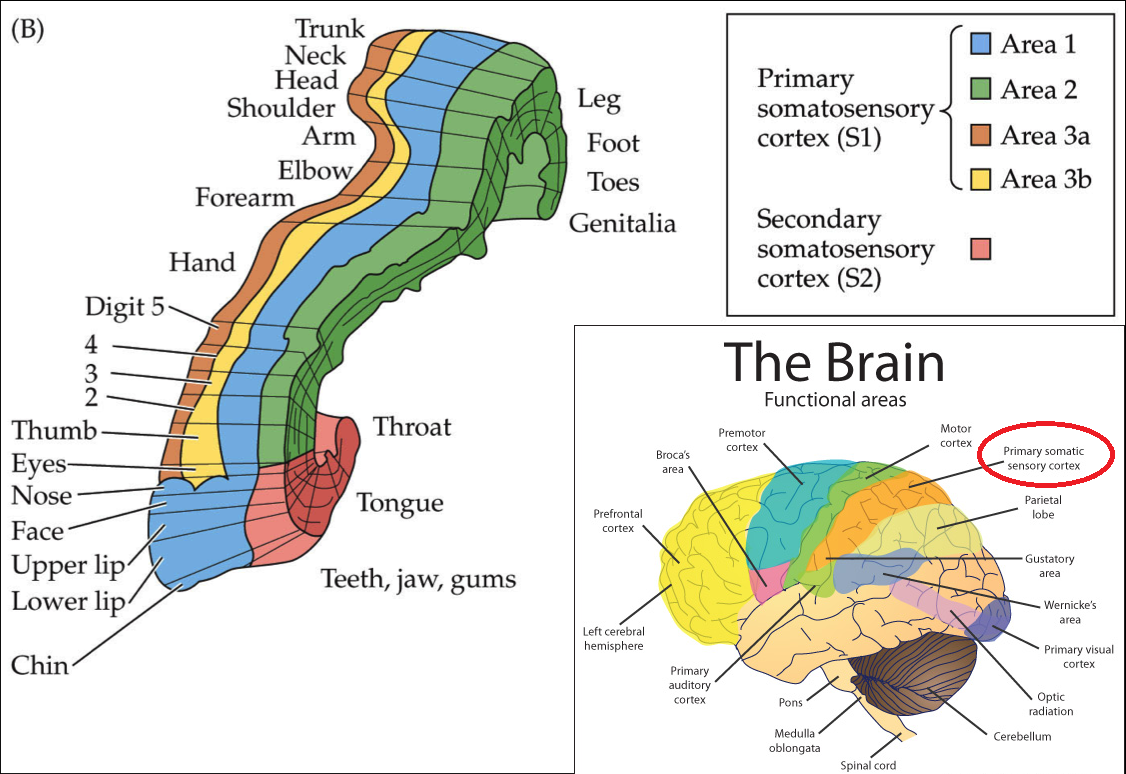
DMG TO S 2 SOMATOSENSORY TRIAL
Trial registrationĬhinese Clinical Trial Registry ChiCTR1900028138. The aim of this trial is to explore the effect of opposing needling on the excitability of M1 of healthy participants and patients with post-stroke hemiplegia. The secondary outcome measures will be the amplitude (μV) and latency (ms) of the MEPs of the thenar muscles at baseline and after the intervention. The primary outcome measure will be the percent change in the RMTs of the thenar muscles at baseline and after the intervention. The stimulator coil of transcranial magnetic stimulation (TMS) will be moved over the left and right M1 in order to identify the TMS hotspot, followed by a recording of resting motor thresholds (RMTs) and motor-evoked potentials (MEPs) of the thenar muscles induced by TMS before and after the intervention. The M1 will be located in all groups by using neuroimaging-based navigation. Patients with post-stroke hemiplegia will be randomised 1:1 to the opposing needling or conventional treatment groups. Healthy participants will be randomised 1:1:1:1 to the 2-Hz, 50-Hz, 100-Hz, and sham electroacupuncture groups.

This will be a single-blind, randomised, sham-controlled trial in which 80 healthy participants and 40 patients with post-stroke hemiplegia will be recruited. The purpose of this study is to investigate the effect of opposing needling on the excitability of primary motor cortex (M1) of healthy participants and patients with post-stroke hemiplegia, which may provide insight into the mechanisms of opposing needling in treating post-stroke hemiplegia. Opposing needling has an obvious curative effect in the treatment of post-stroke hemiplegia however, the mechanism of the opposing needling in the treatment of post-stroke hemiplegia is still not clear.


 0 kommentar(er)
0 kommentar(er)
